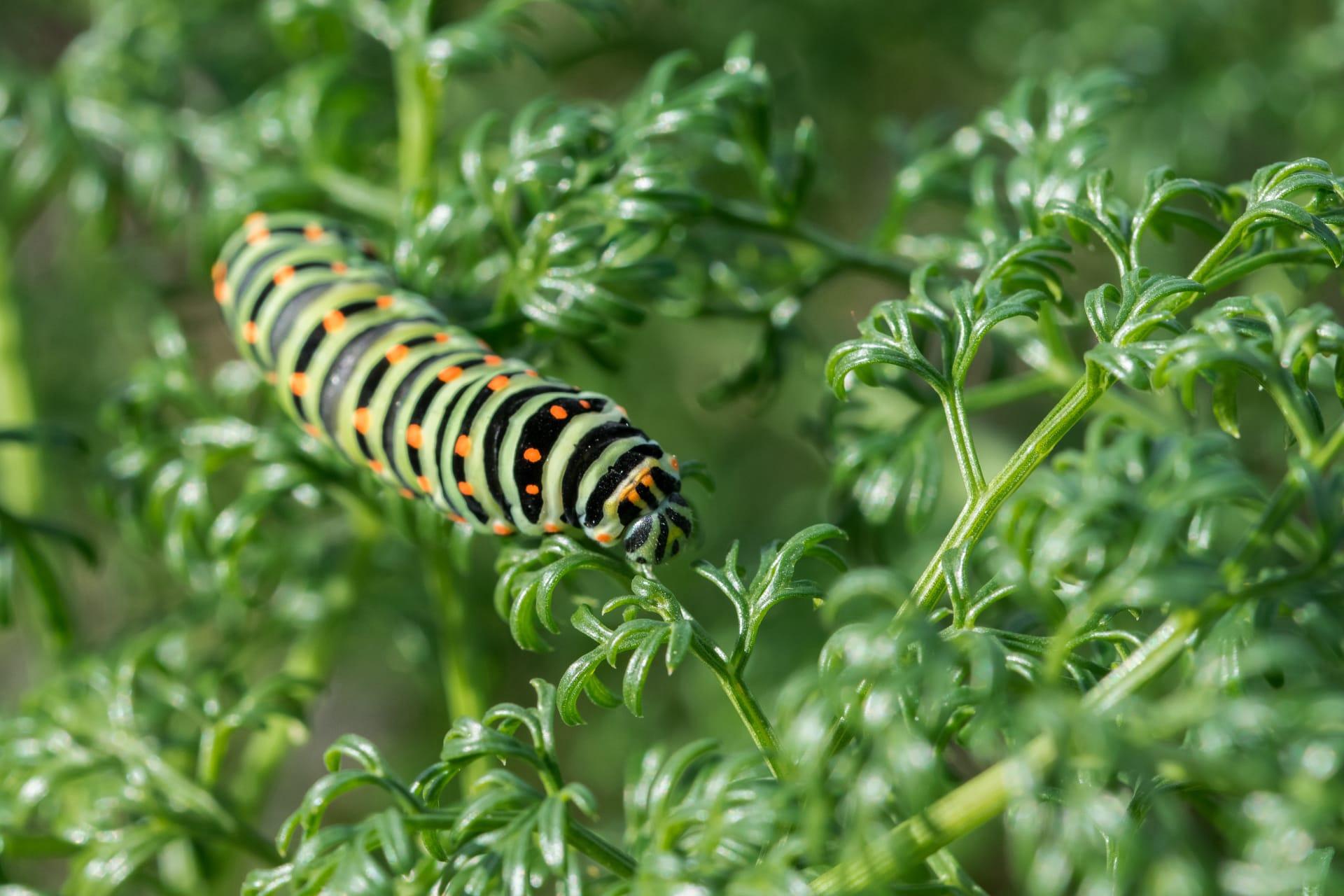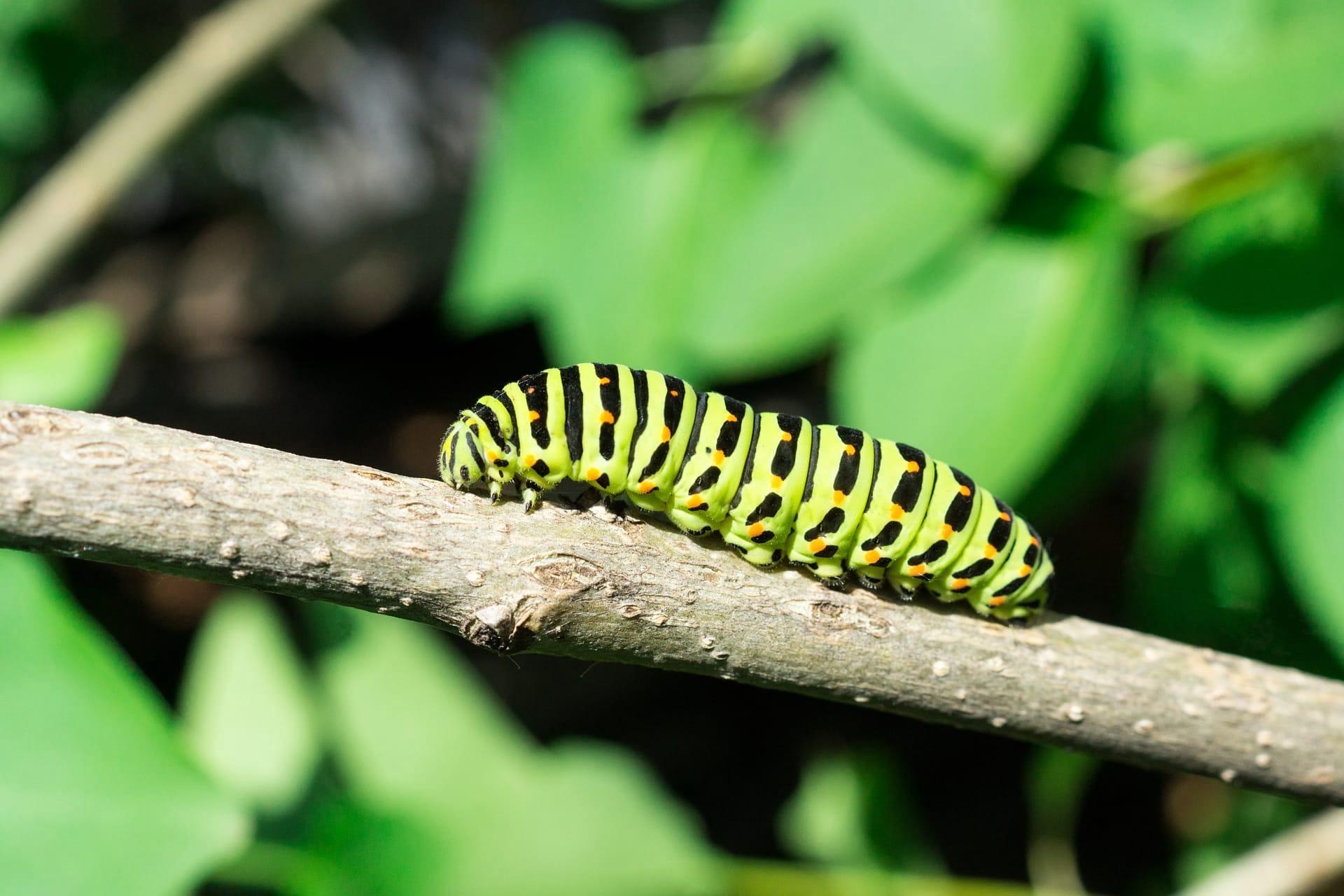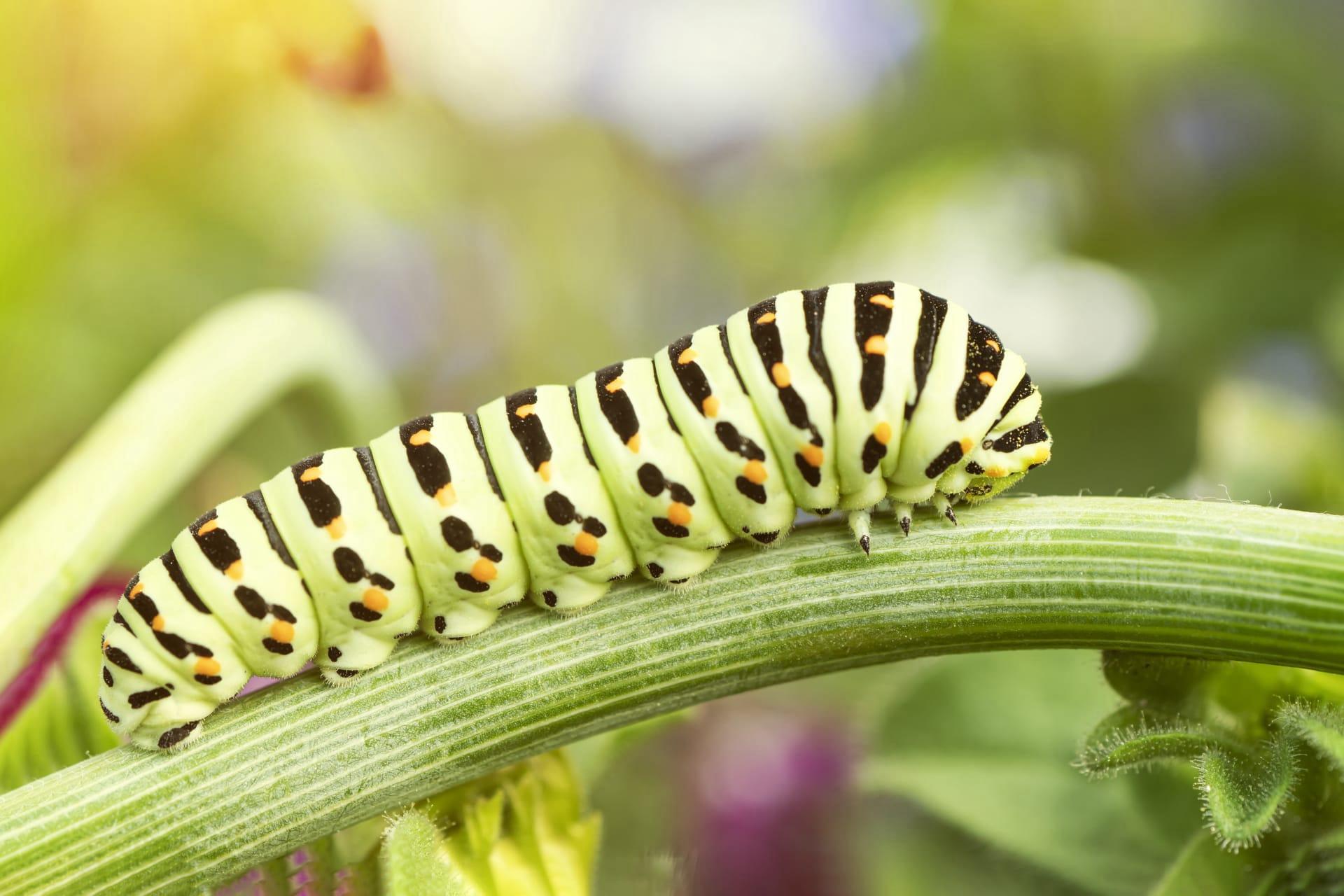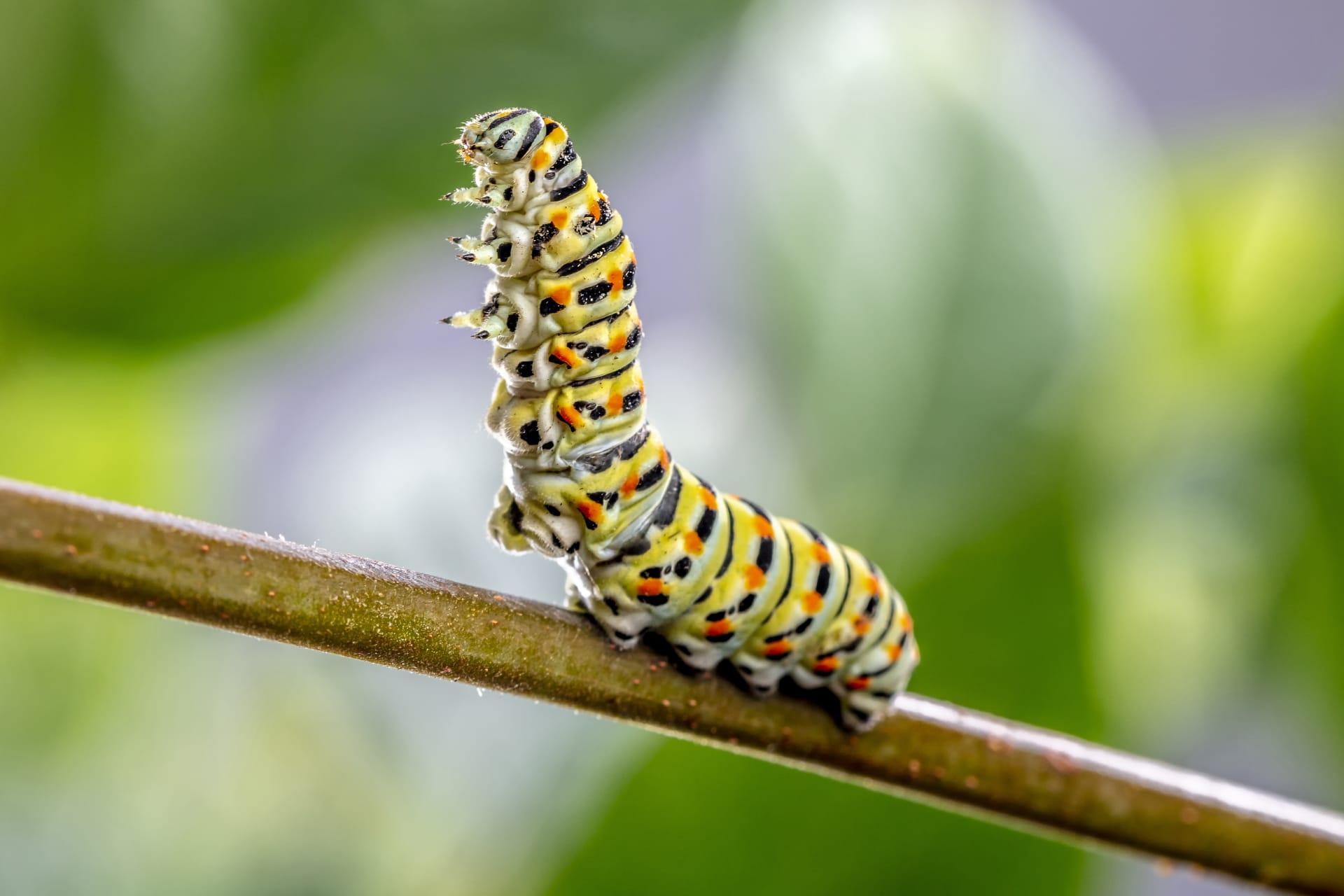Monarch Butterfly Caterpillar Characteristics
- Home /
- Mini Encyclopedia /
- Animal /
- Monarch Butterfly Caterpillar Characteristics
1
Monarch Butterfly Caterpillar, a remarkable creature in the insect kingdom! These caterpillars are known for their striking appearance. Typically, they measure about 2 to 3 inches in length when fully grown, displaying a vibrant pattern of white, black, and yellow stripes along their bodies. This coloration isn't just for show; it serves as a warning to predators about their unpalatable taste, a result of their milkweed-based diet. Monarch caterpillars have a relatively short lifespan, spending about 2 weeks in this stage before transforming into a chrysalis and eventually emerging as butterflies.
One of the most intriguing aspects of the Monarch caterpillar is its antennae-like tentacles. There are two sets of these tentacles – one pair at the head and another at the tail. Contrary to what one might think, these tentacles are not used for sensing the environment or for feeding. Instead, they play a crucial role in the caterpillar's defense mechanism. When threatened, the caterpillar will wave these tentacles to ward off potential predators. The bold stripes, along with these tentacles, create an intimidating display that deters many would-be attackers, ensuring the caterpillar's survival until its transformation.

2
Question: What do Monarch Butterfly Caterpillars eat, and how does this diet affect them?
Answer: Monarch Butterfly Caterpillars have a diet exclusively composed of milkweed leaves. This diet is not just a nutritional choice but a strategic one. Milkweed contains toxic compounds called cardiac glycosides, which are harmful to most predators. As the caterpillar consumes the leaves, these toxins accumulate in its body, making it distasteful and poisonous to potential predators. This specialized diet, while limiting in terms of variety, provides the caterpillars with a unique defense mechanism, effectively turning their food source into a weapon against predators. The caterpillars' ability to store these toxins in their bodies is carried over to their adult butterfly stage, providing long-term protection.

3
Monarch Butterfly Caterpillars showcase a fascinating way of moving around. They crawl using a combination of their three pairs of true legs and several sets of prolegs, which are the fleshy, stub-like structures along the middle and rear of their body. These prolegs have tiny hooks called crochets, aiding in gripping onto surfaces. Their movement is a series of rhythmic, wave-like contractions, propelling them forward in a somewhat sluggish yet determined manner. This movement is crucial for them to navigate their environment in search of food and a suitable place for metamorphosis.
As for their feeding habits, these caterpillars are voracious eaters. They continuously munch on milkweed leaves, their sole food source, to store energy for their upcoming transformation. Their eating process is fascinating to observe: they start by making small holes in the leaf edges and then proceed to eat around the perimeter, often leaving the major veins intact. This methodical feeding ensures they get maximum nutrition while maintaining the leaf’s structure for as long as possible. During their 2-week caterpillar phase, they can eat an entire milkweed leaf in less than 4 minutes and will increase their body mass by over 2000 times!

4
The Monarch Butterfly Caterpillar thrives in a variety of habitats, primarily those where milkweed plants are abundant. These include meadows, prairies, alongside roads, and in gardens across North America. They are particularly common in areas with a temperate climate, though they can be found in a range of environmental conditions as long as their food source is available. The presence of milkweed is critical not just for their diet, but also for laying eggs and providing a safe space for the newly hatched caterpillars.
In terms of reproduction, the lifecycle of the Monarch caterpillar is a remarkable journey. Female Monarch butterflies lay their eggs exclusively on milkweed plants. Each egg is tiny, about the size of a pinhead. After about 3-5 days, the eggs hatch, and the caterpillar begins its life. The caterpillar stage is primarily for growth; once it reaches its full size, it forms a chrysalis. Inside, it undergoes a complete metamorphosis, emerging about two weeks later as a butterfly. This transformation is one of the most striking examples of metamorphosis in the animal kingdom, showcasing the incredible adaptability and resilience of these creatures.

5
Book: "The Monarch: Saving Our Most-Loved Butterfly" by Kylee Baumle. Published in the United States in 2017, this book offers a comprehensive look into the life of Monarch butterflies, including the caterpillar stage. Baumle, a passionate gardener and nature enthusiast, combines her personal experiences with extensive research to explore the challenges faced by Monarchs. The book delves into conservation efforts and provides practical advice on how to create a butterfly-friendly environment.
Book: "Monarchs and Milkweed: A Migrating Butterfly, a Poisonous Plant, and Their Remarkable Story of Coevolution" by Anurag Agrawal. This 2017 publication, originating from the United States, provides an in-depth examination of the intricate relationship between Monarch butterflies and milkweed plants. Agrawal, an acclaimed ecologist, explains how these two species have evolved in tandem, shedding light on the fascinating ways in which they have adapted to each other's presence. The book is a blend of scientific insight and engaging storytelling, making it accessible to a broad audience.